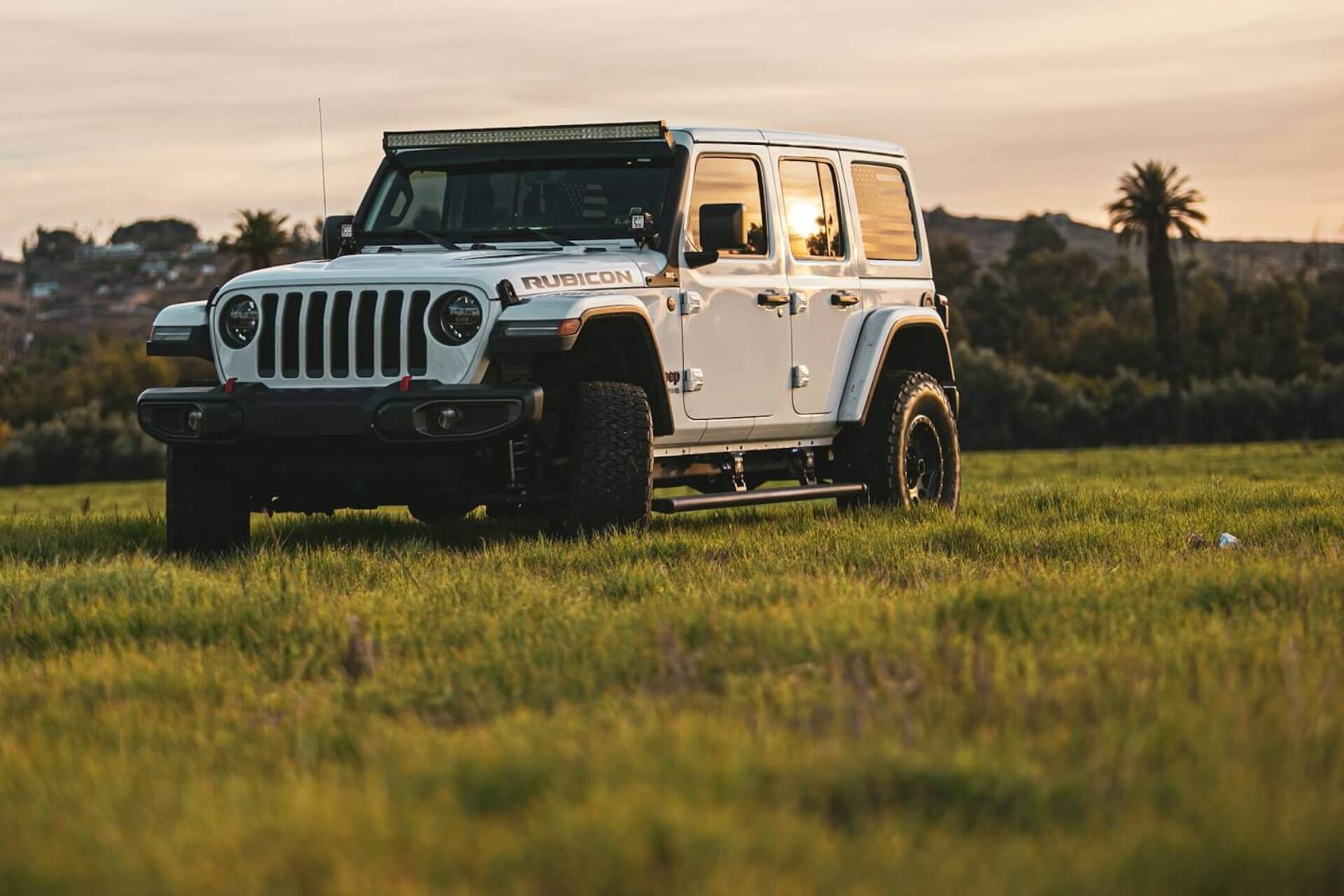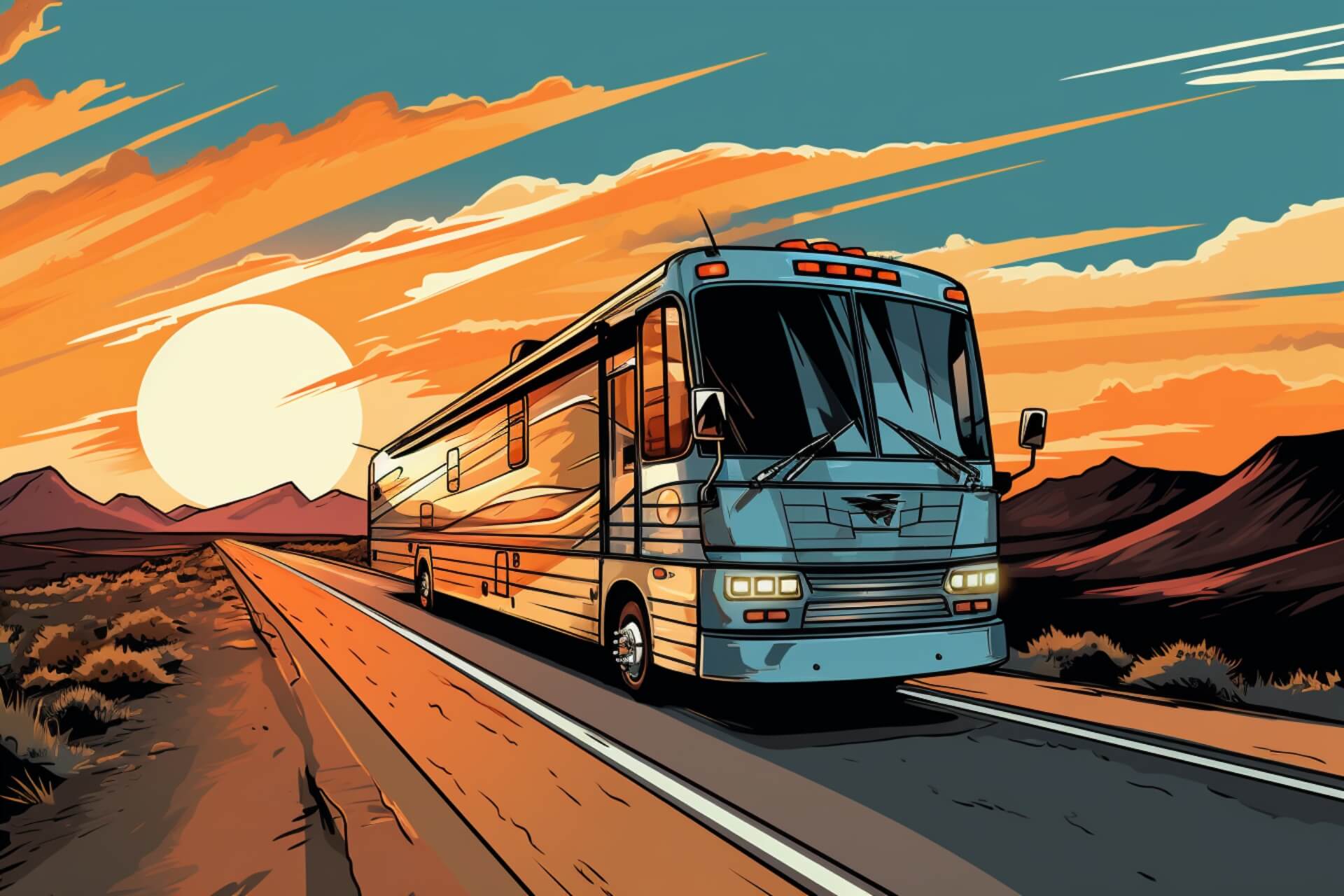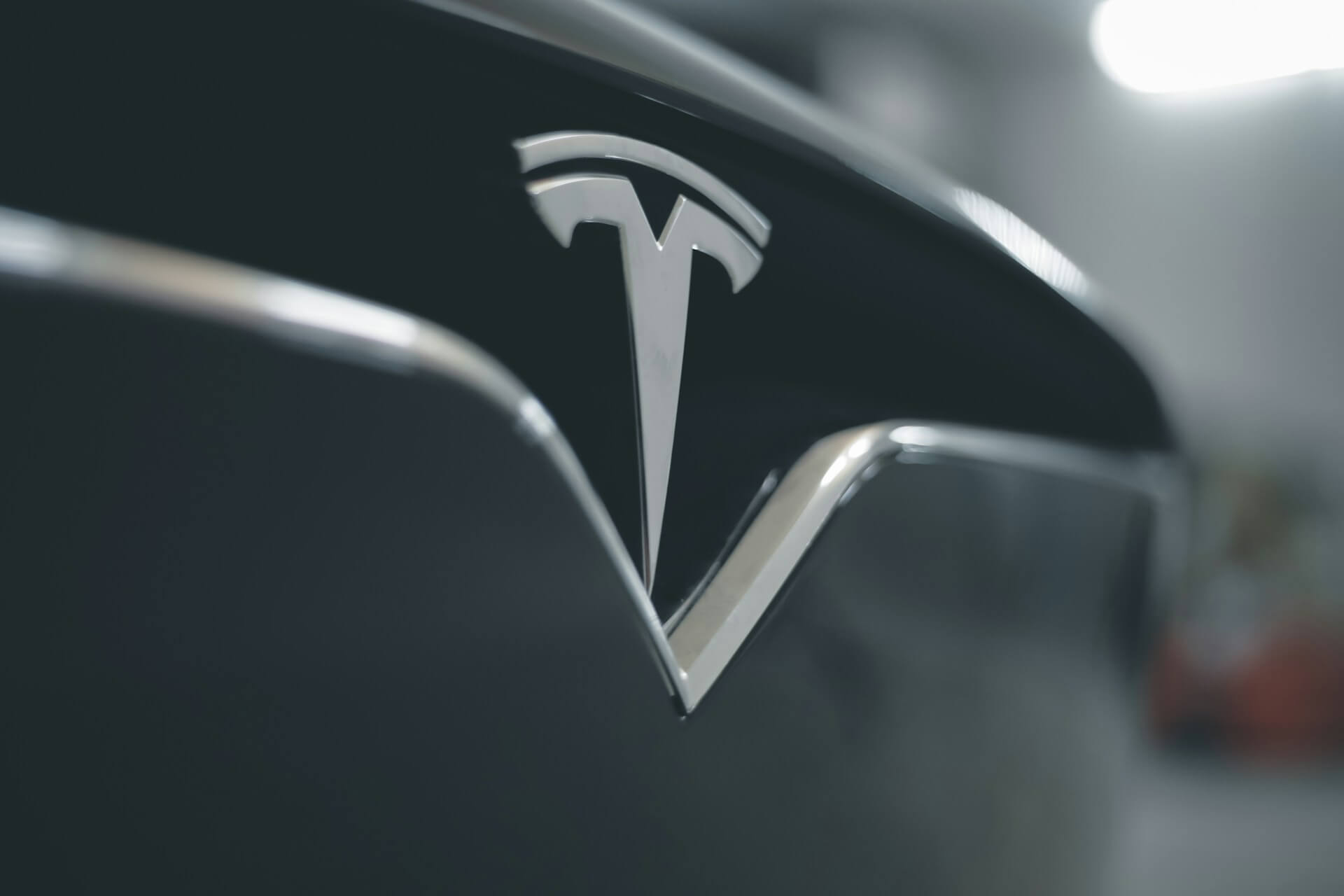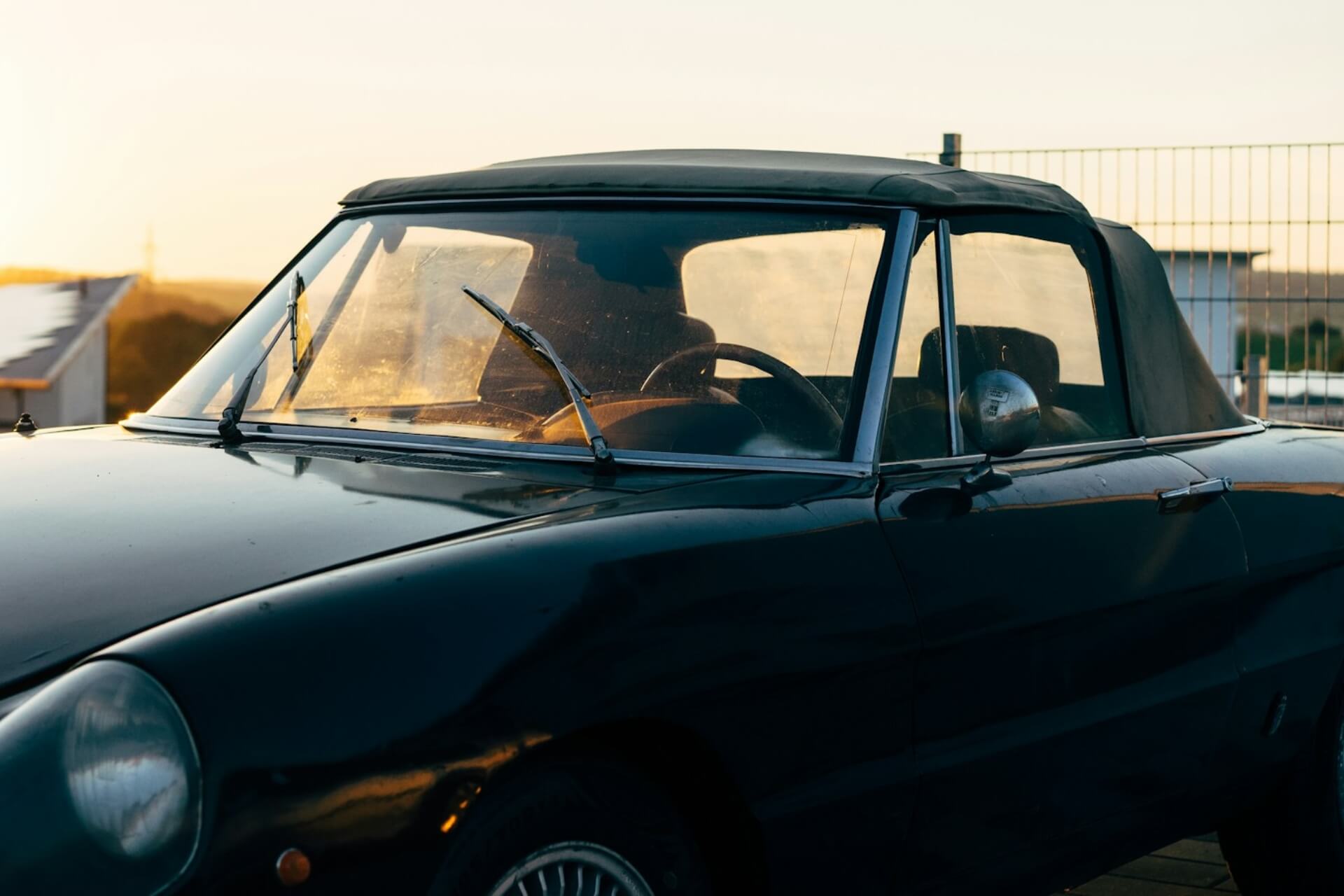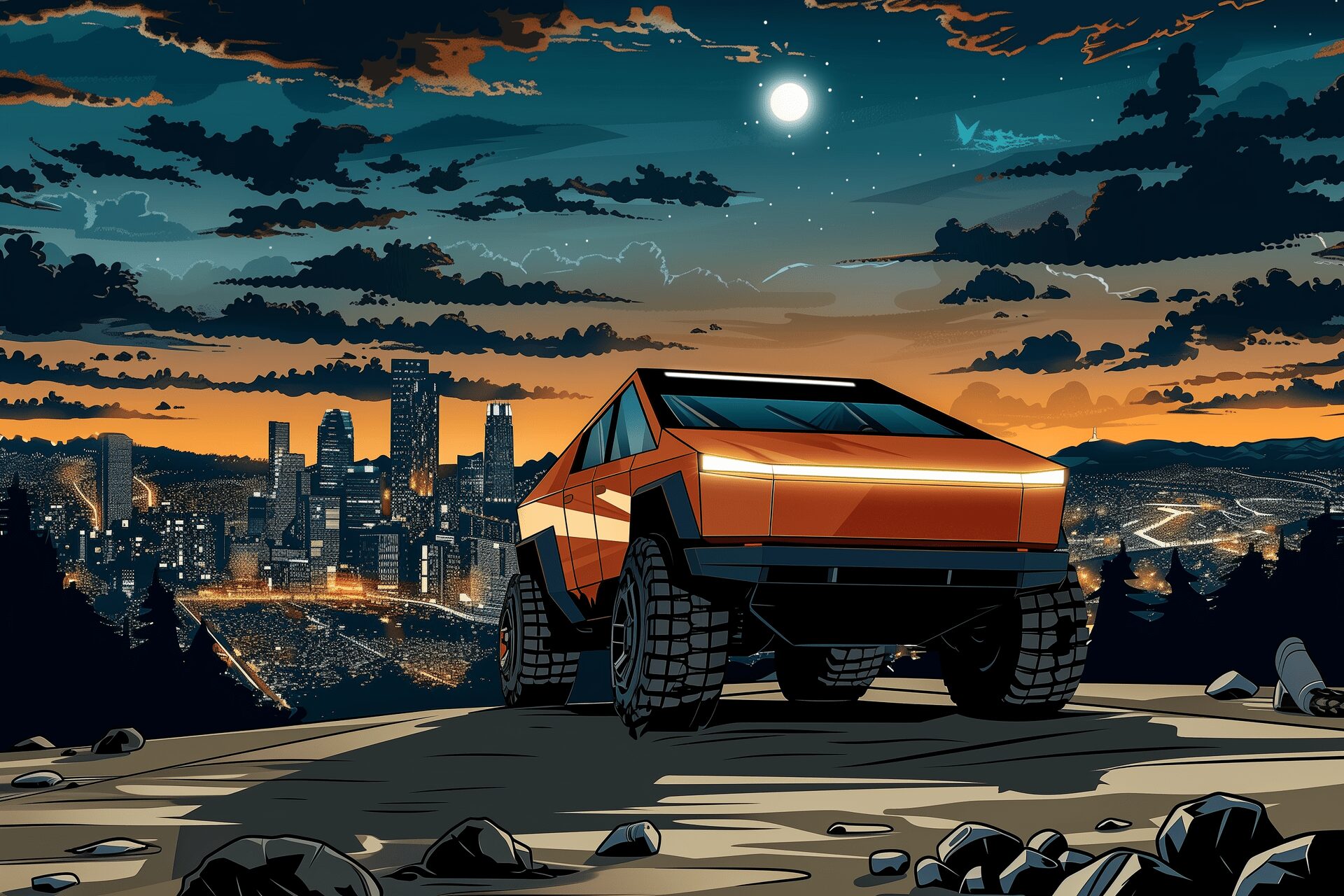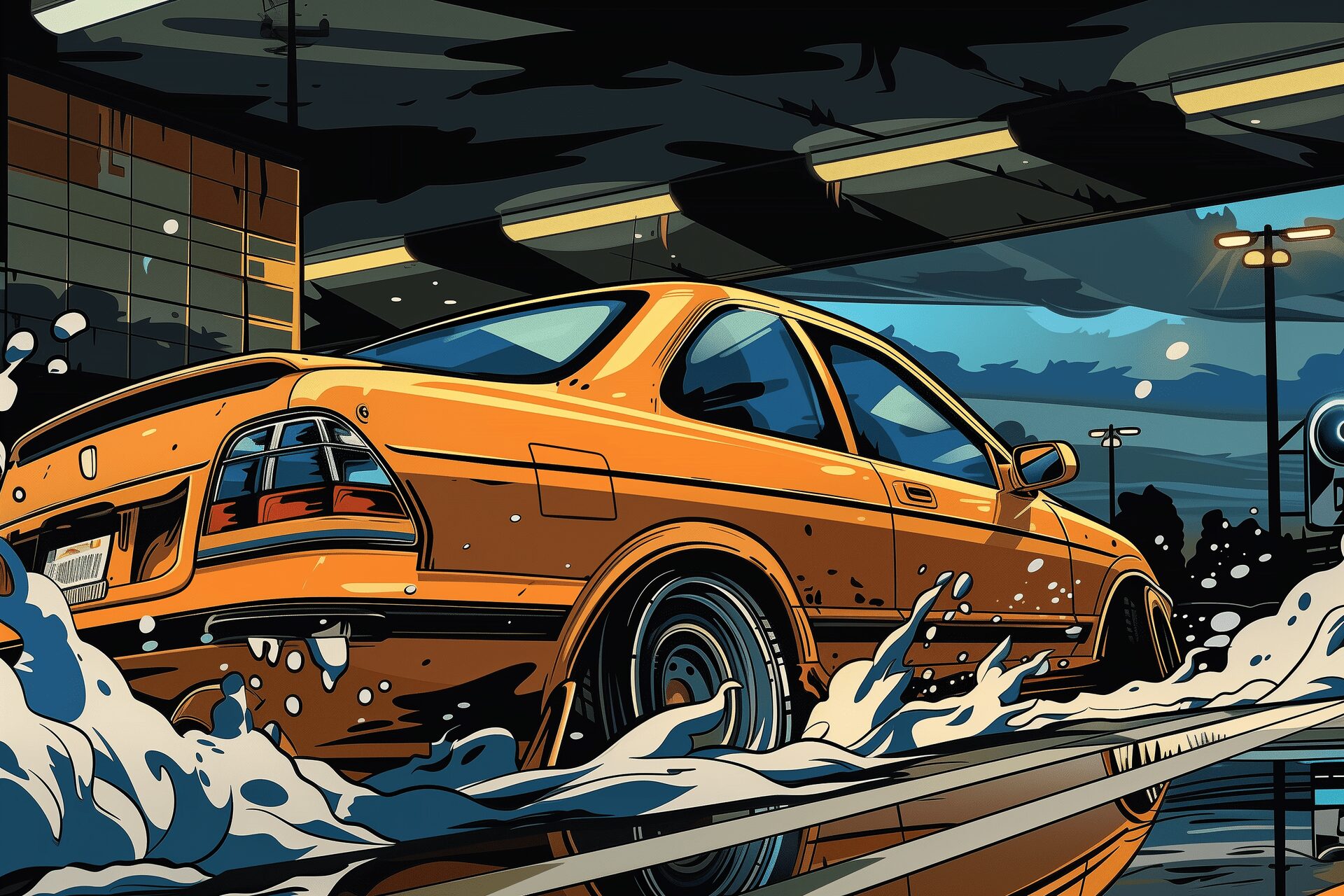Top Types of Driving Distractions and How to Avoid Them
Sep 22, 2023
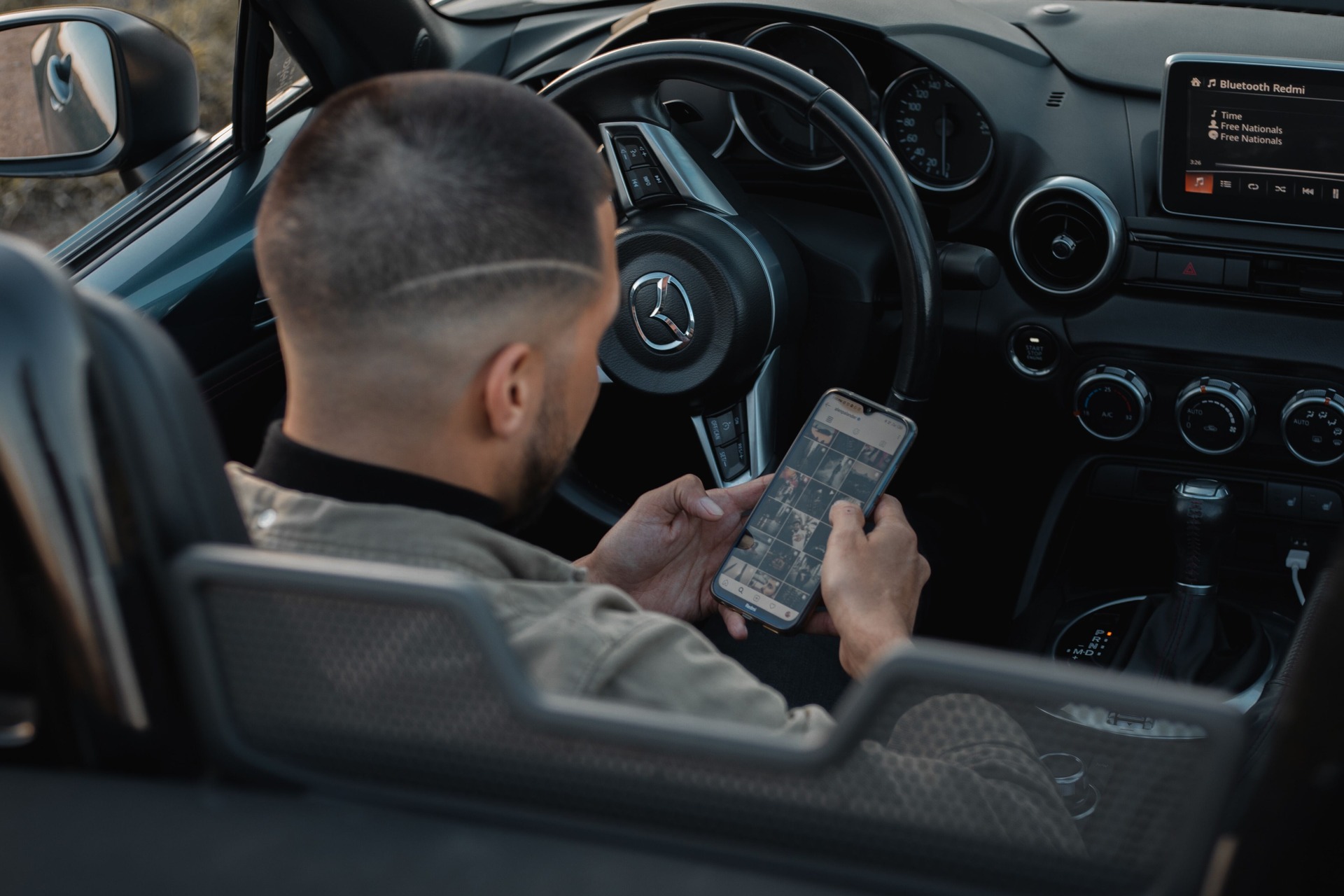
As an Amazon Associate, Modded gets commissions for purchases made through links in this post.
According to the CDC, approximately nine people are killed and more than 1000 are injured in car accidents caused by distracted driving every year. There are many types of driving distractions that could lead to disaster, but a handful stand out above the rest.
Here are the Top Ten driving distractions from most to least dangerous, plus some tips for how you can avoid them.
1. Daydreaming
Surprisingly, cell phone use isn’t the most dangerous type of driving distraction. In roughly 62% of accidents attributed to distracted driving, the driver admitted to daydreaming or letting their mind wander. Either you get too comfortable with your car or your daily commute, or just let yourself zone out because you’re stuck in rush hour traffic.
Whatever the circumstances, we’ve all caught ourselves daydreaming during our travels. This phenomenon is often called “zoning out”, in which your mind goes on autopilot while performing a monotonous task. The more comfortable you feel behind the wheel, the more susceptible you are to daydreaming.
Learning how to stop distracted driving starts with paying attention to the road. Don’t get complacent and start thinking about other things. You might also find that driving in silence helps you focus more effectively than driving with music or a podcast. Sometimes removing outside noise is the best way to avoid top driving distractions.
2. Cell Phone Use
Using your cell phone might not be the worst thing you can do behind the wheel, but it’s certainly one of the top driving distractions. It doesn’t matter if you’re texting, picking a new song to play, making phone calls, taking pictures or sending a Snapchat — using your phone behind the wheel is a bad idea. In fact, 14% of fatal driving accidents are attributed to cell phone use.
The solution to this distraction is simple — just stay off your phone while you’re driving. Put it in driving mode or airplane mode when you get in the car to prevent notifications from coming through. If you need some extra help, you can download an app or set screen time limits. These features are mainly designed for parents to keep their teen drivers from texting, but it can be just as useful for adults.
If you need your phone to follow directions, then you should install a simple phone mount to keep your phone steady. Both of your hands are still free and you don’t need to look down into your lap to see the screen.
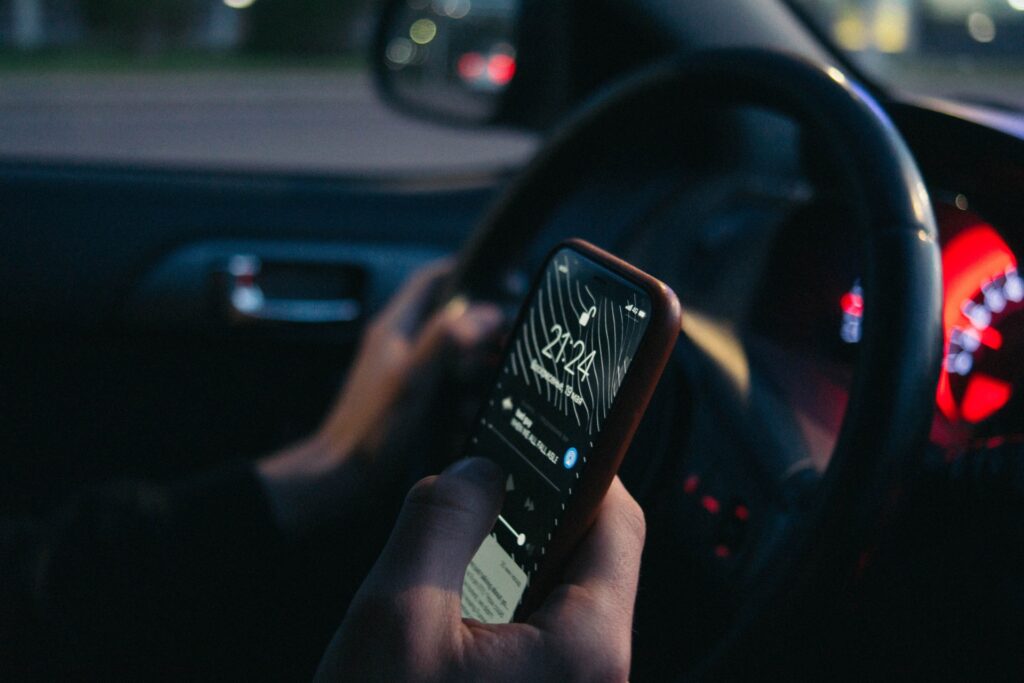
3. Other Electronic Devices
Cell phones are the biggest culprits, but electronic devices in general are among the worst types of driving distractions. Bringing a GPS device or music player into your car might not seem like a terrible thing, but if you reach for them, you’re at a higher risk of getting into an accident. Roughly two percent of distracted driving accidents happen merely because the driver was reaching for a device.
Follow the same advice and put all electronic devices away while you’re driving. If you want to play music, put your playlist on autoplay before you pull out of the driveway. Don’t touch the device again until you pull into the parking lot. Don’t even use it when you’re stopped at red lights. Just one second of distraction can lead to an accident that puts someone in the hospital — or worse.
4. Outside Events
We get it — accidents happen, and you just have to see what’s going on when we’re driving past the scene of a crash. This small mistake can unfortunately lead to a crash of your own. One study suggests that rubbernecking is partly responsible for 20% of all car accidents in the United States. Whatever is on the side of the road, it’s not as important as paying attention to the task at hand.
Ignore whatever has caught everyone else’s attention and be extra cautious while driving past these distractions, especially other car crashes. Remember — other drivers are probably just as distracted as you are, so accidental collisions are more likely to happen. Stop being like everyone else and stay focused on the road to avoid these types of driving distractions.
5. Passengers
Carpooling is great for the environment and can be lots of fun, but it’s not great for staying focused behind the wheel. Roughly five percent of accidents are blamed on the passenger(s) in the vehicle. They can talk your ear off, play music that’s not your taste, watch annoying videos on their phones or chew food too loudly, just to name a few potential distractions.
As the driver, you’re in charge of what happens inside the vehicle. You need to set some ground rules for anyone who rides with you in your car. Don’t let people distract you with music, food, social media or anything else. Being assertive with passengers is a key step to learning how to stop distracted driving.
6. Eating and Drinking
Nearly every car on the road today has cup holders. Drive-thru restaurants make it extremely convenient to pick up breakfast on the way to work or stop for a quick bite during your far-too-short lunch break. Unfortunately, that convenience comes at a price — a higher risk of getting into an accident. Roughly two percent of crashes are attributed to eating or drinking in the car.
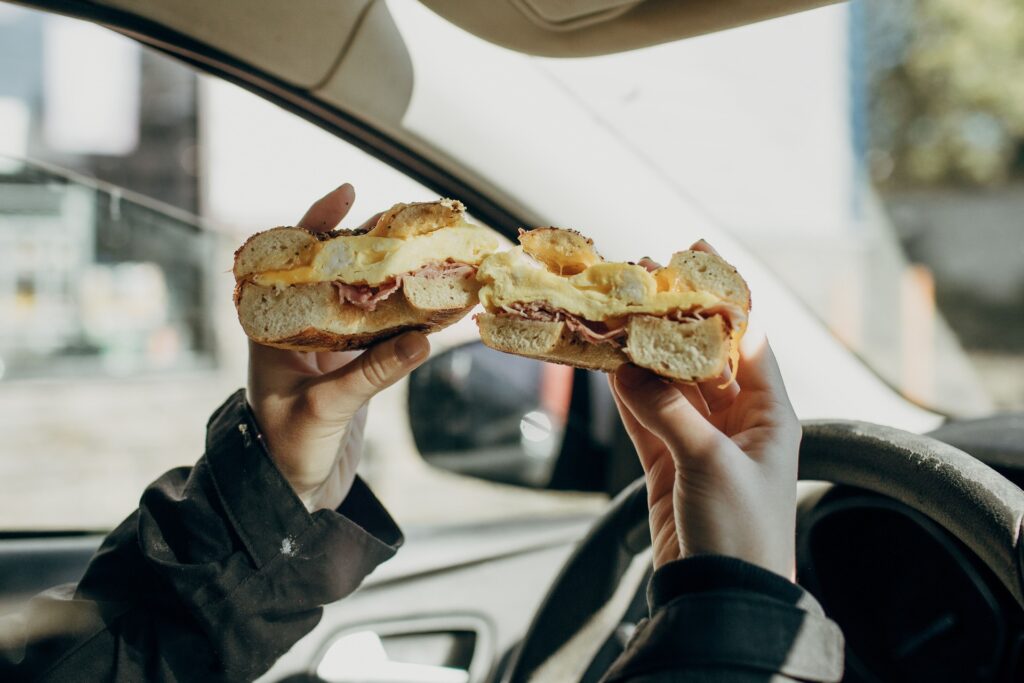
The best way to avoid these types of distracted driving is to only eat or drink when your car is parked. Don’t try to take a bite at a red light or sip from your drink in stop-and-go traffic. Remember — just one second of distraction is all it takes to cause an accident. You don’t need to bypass drive-thru spots entirely — just wait to eat until you’ve reached your destination.
7. Adjusting the Car
Modern vehicles are full of numerous types of driving distractions. You might find yourself fiddling with your radio, changing the climate control or adjusting your seat’s alignment. These things might make the driving experience more enjoyable, but you’re also putting yourself at risk for a car accident. Looking away from the road just to turn down the air conditioning can lead to a crash. Roughly one percent of distracted driving accidents occur due to these distractions.
Again, you need to follow the same rule just like your other electronic devices. If you have to change any sort of setting inside your car, do it before you start driving or after you’ve parked.
8. Animals
No one likes to find a spider in their car, but keeping your eyes on it instead of the road can be a lot more dangerous than a spider bite. While only one percent of accidents are attributed to distraction by animals, it may be an under-reported cause, likely because no one wants to admit that they crashed their car because of a spider.
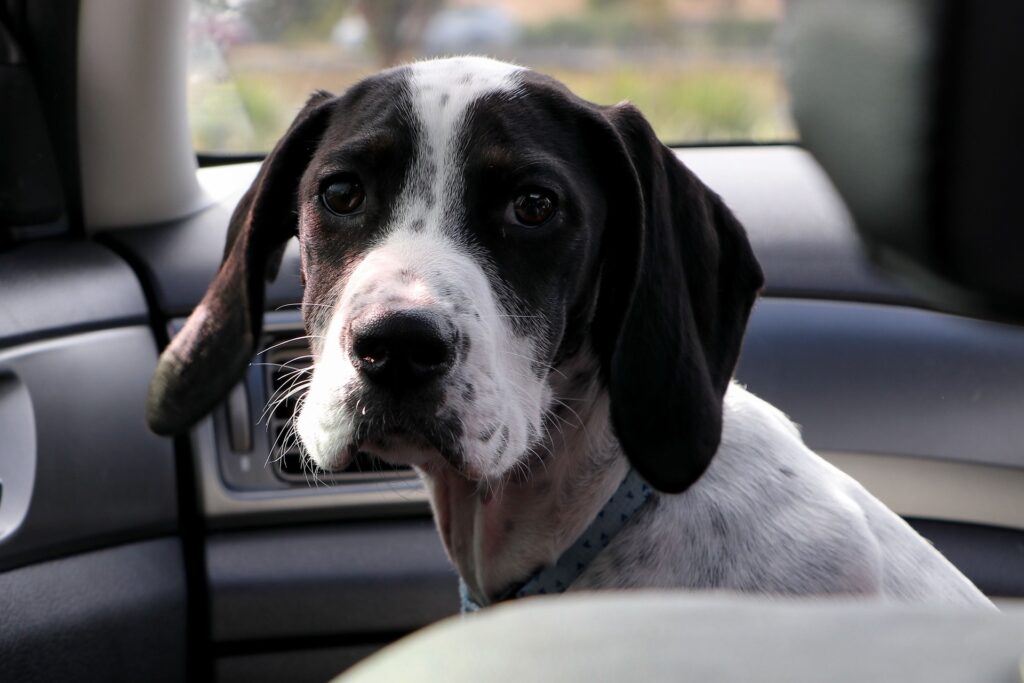
The same logic applies if you drive with a pet. Pets are constant distractions that nobody wants to blame for an accident, but it happens all the same. If a pet is causing a commotion or if another animal gets into your vehicle, pull off to the side of the road, deal with the problem, then resume driving.
9. Smoking
We already know smoking is a bad habit because of the health issues it can cause, but lighting up, smoking or putting out a cigarette while driving increases your risk of getting into an accident, too. Roughly one percent of distracted driving accidents are attributed to smoking-related activities.
The easiest way to avoid this type of driving distraction is to not smoke at all. If this solution isn’t possible, you should at least hold off on smoking in the car. A cigarette, vape pen might not take your eyes off the road, but it can alter your state of mind long enough to cause an accident. Anything you can do to lower your chance of getting into an accident is worth the hassle.
10. Applying Cosmetics
Applying cosmetics is the final item on our list of the top driving distractions. This distraction doesn’t just include makeup — it also includes lotion, chapstick, eye drops and any other appliance you use on a regular basis. You might be in a rush, but you should never use these items behind the wheel. They can wait.
The worst part about these types of driving distractions is that they often take both of your hands off the steering wheel. Driving with your knees isn’t impressive, it’s just plain stupid and could get you killed. You should always have at least one hand on the wheel. Save the cosmetics for the parking lot or the bathroom when you reach your destination.
Avoid These Types of Driving Distractions
Knowing how to stop distracted driving is a simple matter of exercising self control. Distracted driving is one of the most significant problems on our roads today. By taking the time to pay more attention and removing distractions like electronics, food, drinks and cigarettes, you can make the roadways safer for everyone and become a more confident driver in the process.
